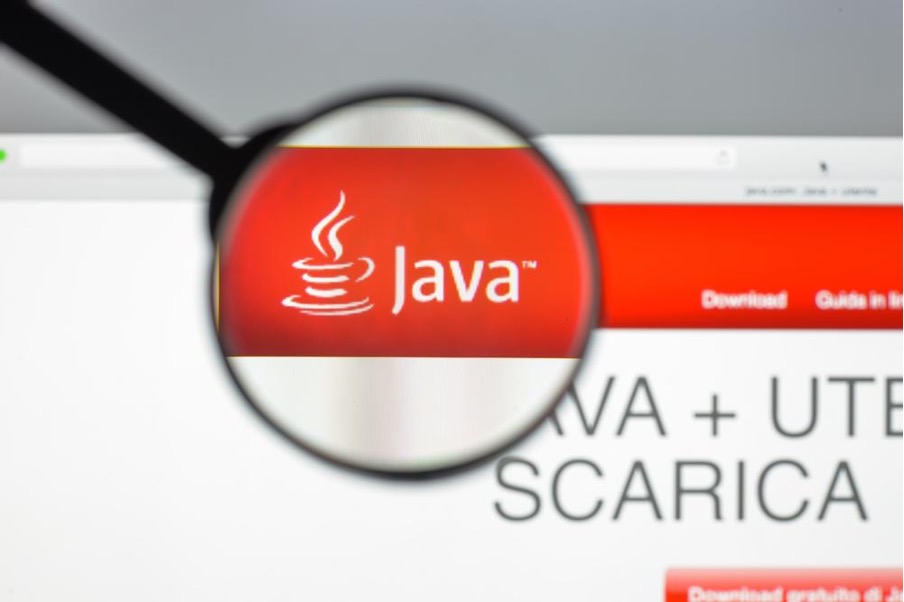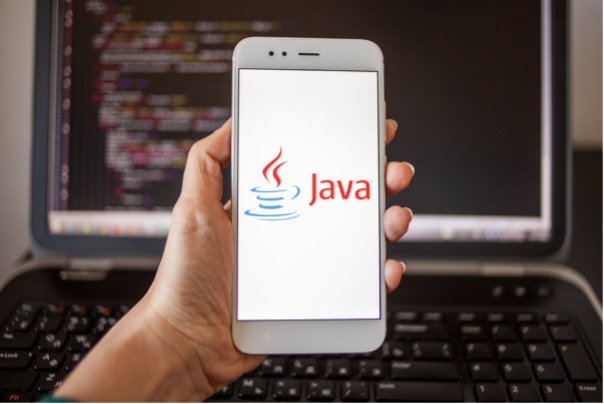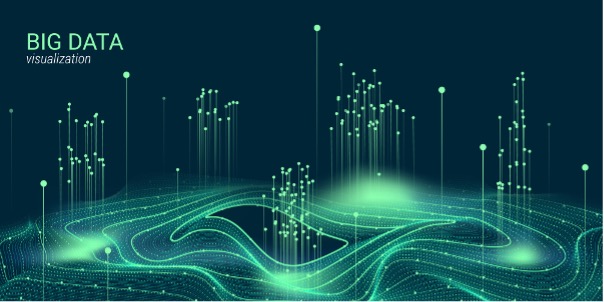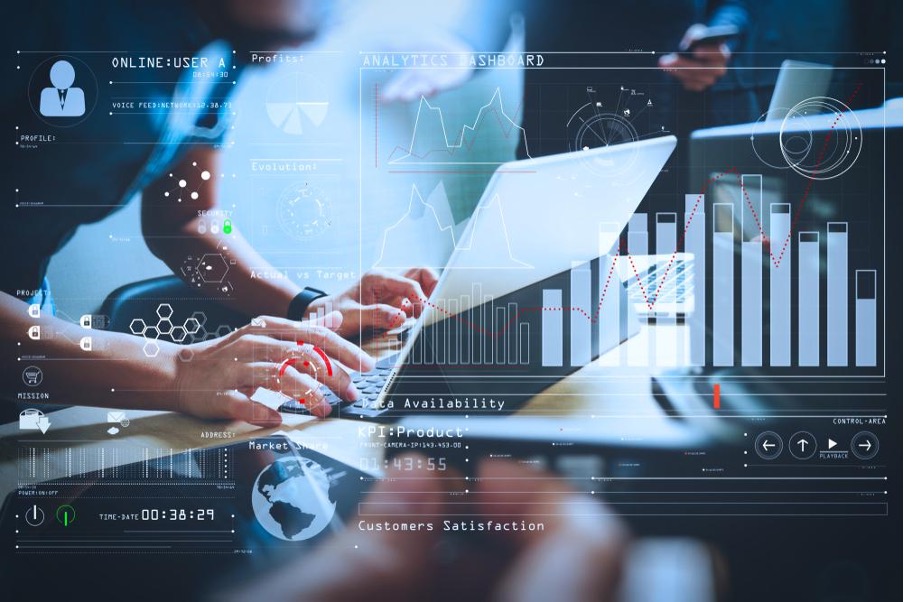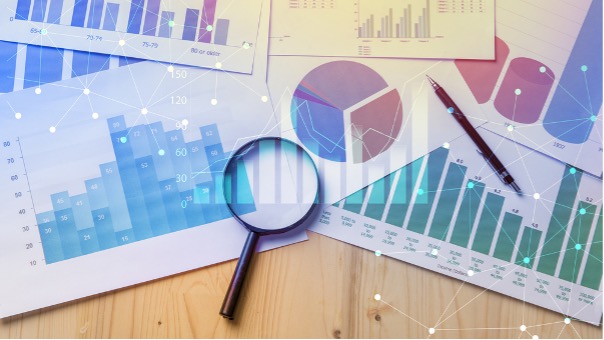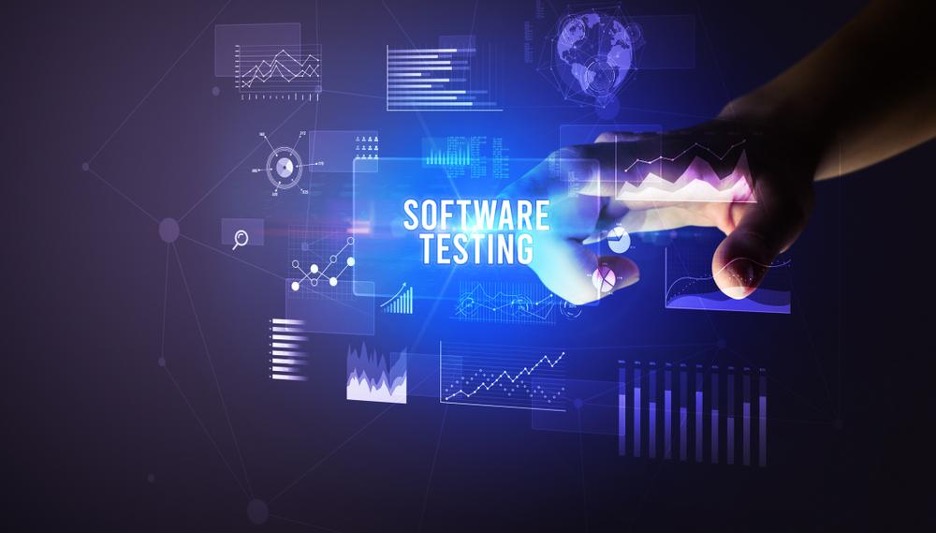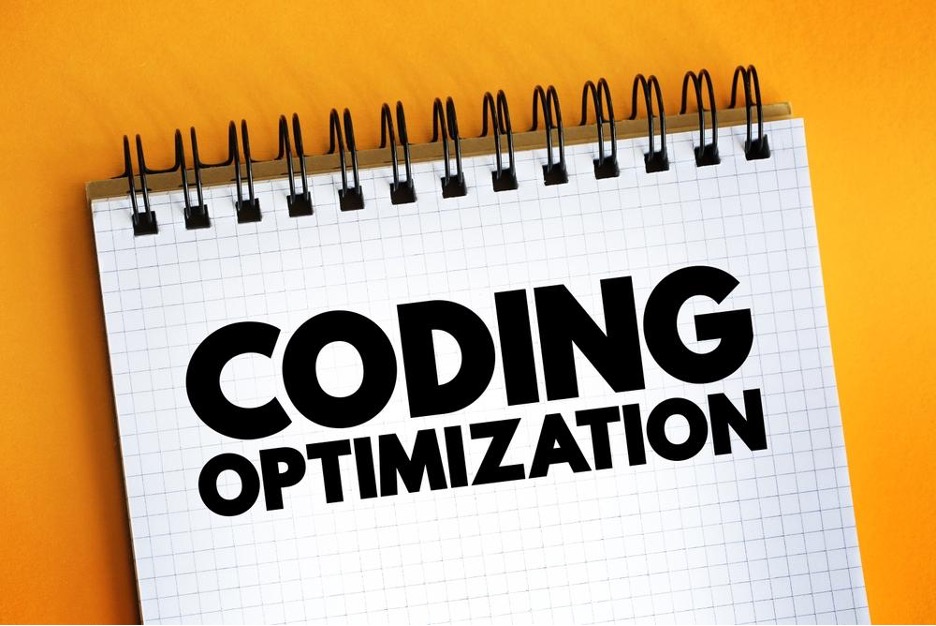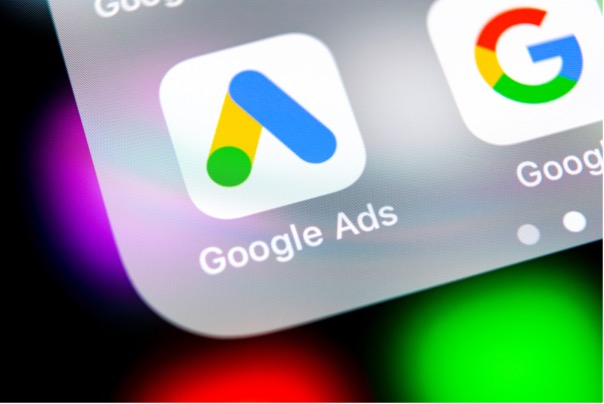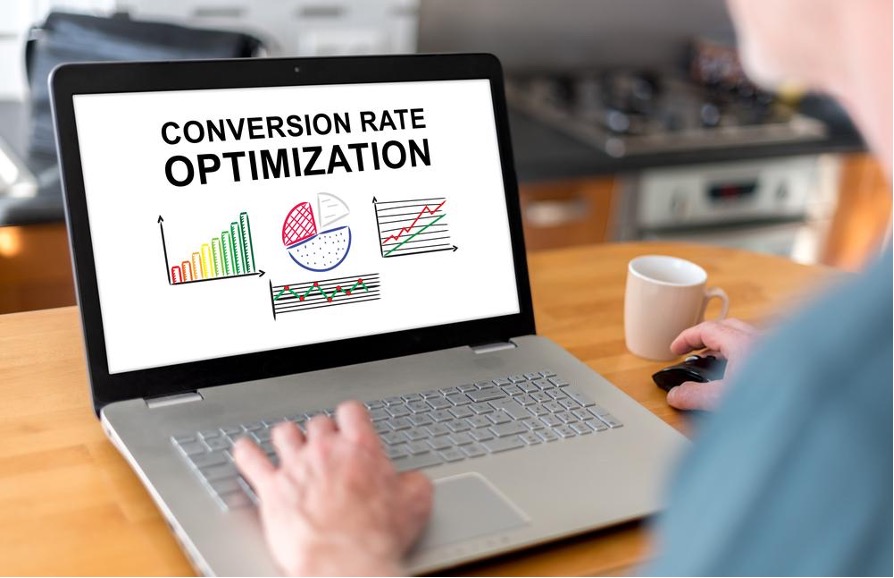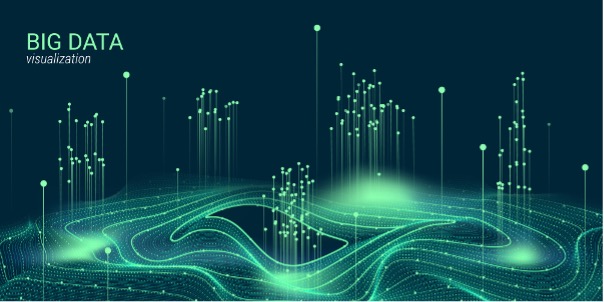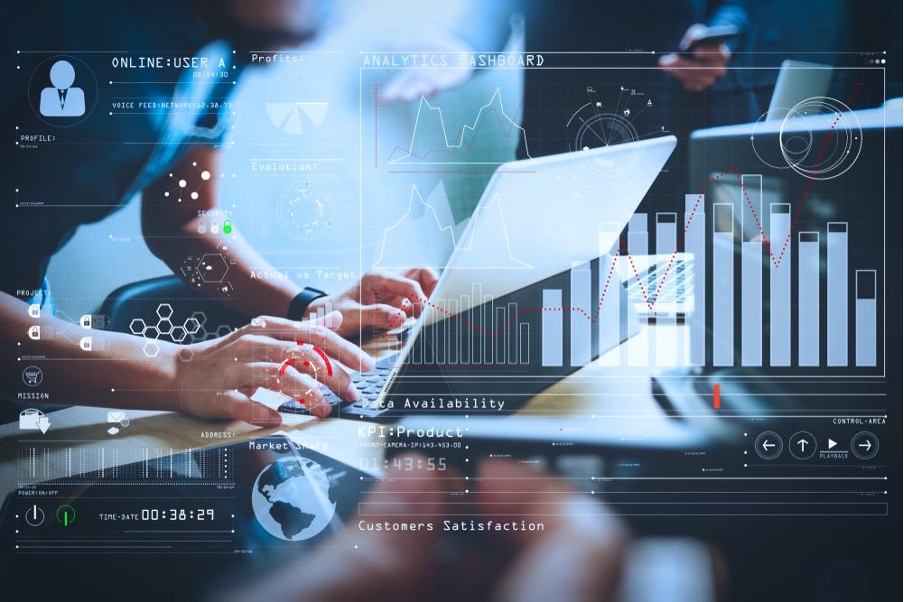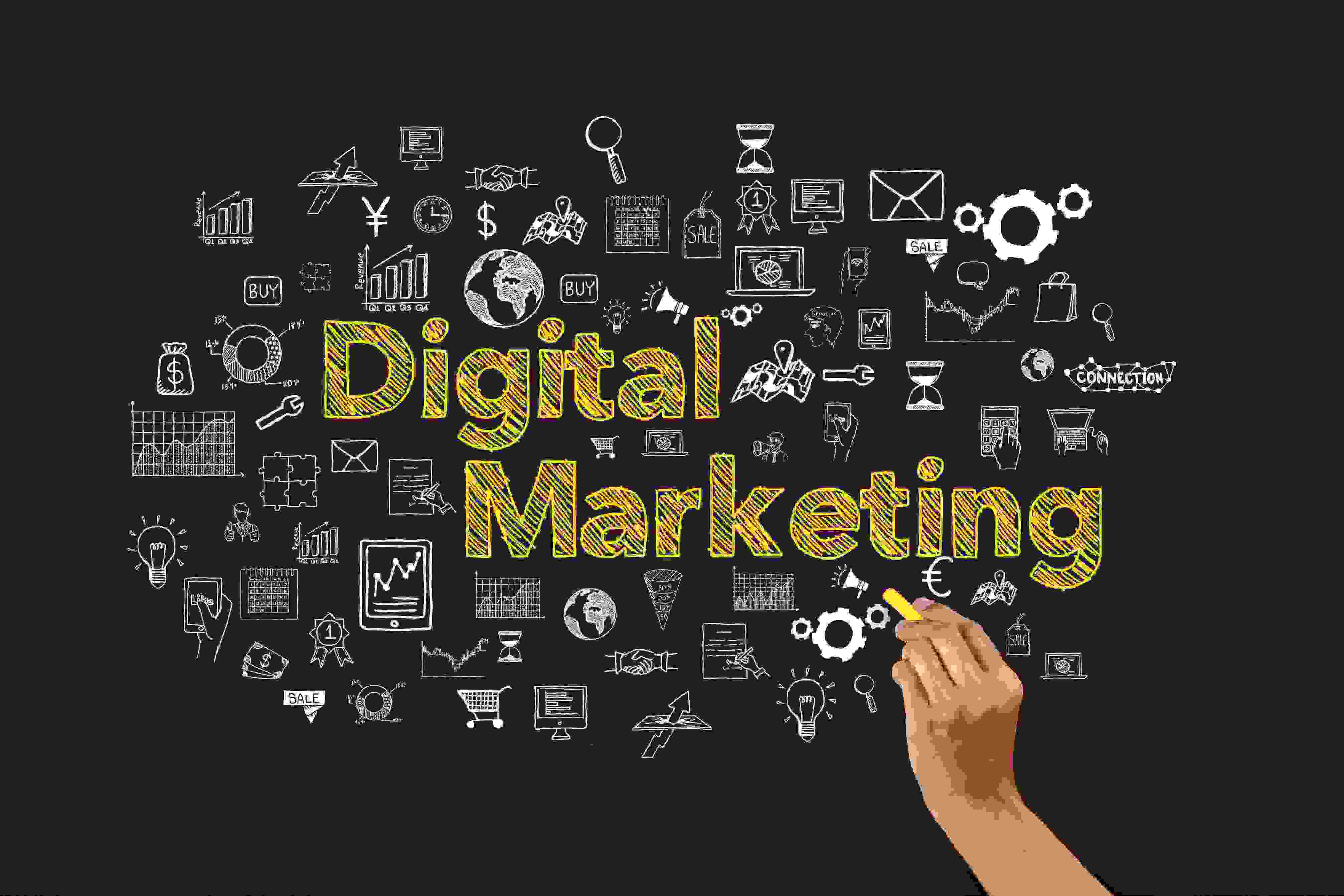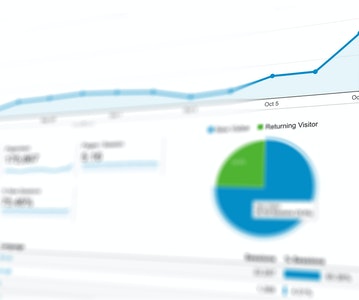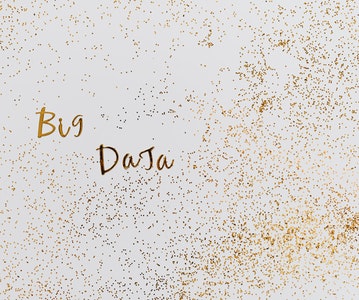This article is about Machine Learning
BI vs Business Analytics
By NIIT Editorial
Published on 16/02/2022
7 minutes
Professionals frequently use the terms business intelligence and business analytics interchangeably. However, business experts frequently disagree about whether business intelligence is a part of business analytics or conversely, and there is frequent crossover in how the two fields are defined.
Understanding the distinctions between business intelligence and business analytics can assist leaders in selecting the right tools and talent to help their businesses grow. Current and prospective business students can use this information to determine which educational programs will best prepare them for a successful career in their chosen field.
What Exactly Is Business Intelligence?
Traditionally, business intelligence has been delineated as data to manage a company's day-to-day operational management. When leaders want to collect and store data about ongoing operations, maximize workflow, produce informative reports, and achieve their current business goals, they use business intelligence tools and specialists.
A variety of software tools and other systems can be used as business intelligence tools. Spreadsheets, online analytical processing, reporting software, business activity monitoring tools, and data mining software are just a few examples. Some analysts contend that business intelligence tools also include predictive and numerical tools used in business analytics.
Overall, business intelligence assists leaders in navigating organizational and industry-related challenges and ensures that businesses remain focused on their primary goal to successfully get where they want to go.
You can explore data science certification online for the best course in this domain.
What Exactly Is Business Analytics?
Business analytics is commonly described as a more statistically based field in which data experts use quantitative tools to make predictions and develop future developments.
For example, while business intelligence can tell executives what their current customers look like, business analytics can tell them what their future customers are up to.
Some experts use the term "business analytics" to refer to a set of predictive tools used in the realm of business intelligence. Many functions are performed using business analytics tools, such as correlational analysis, linear regression, factor analysis, predicting analysis, text mining, image analytics, and many others.
Many of these tools necessitate the hiring or contracting of data scientists, which has increased the demand for business analytics training.
Business Analytics vs. Business Intelligence
As previously stated, there are several key distinctions between how experts define business intelligence and business analytics. These differences reflect trends in business language and job growth, an organization's size and age, and whether an organization wishes to invest in a present or future focus. When decision making is how much to invest in contracting business intelligence and analytical tools for their organizations, business leaders must consider these differences.
1. Trends in Language and Jobs
Even though there is significant overlap in their definitions and usage, business analytics is a newer, trendier term than business intelligence. More people have searched for business analytics on Google than for business intelligence, indicating that business analytics is becoming more of an umbrella term than a description of statistical and predictive tools.
This increase in analytics references could be attributed to the growth of data science and analytics. There is a talent shortage in the field, with companies competing for a limited number of data scientists, data engineers, and analytics directors. This demand is expected to increase by nearly 40% by 2021.
2. Size and Age of the Organization
The size of a company can also influence whether or not business intelligence or analytical tools are used. Business intelligence tools, traditionally marketed to larger enterprises, can also be used in smaller businesses. that may lack employees with a background in computer science but want to use corporate data to improve operations or plan for the future. 5 Most organizations, regardless of size, want tools that can assist with both current operations and predictive planning.
3. Present vs. Future Focus
The distinction between focusing on an organization's current or future challenges is a common line of thought for distinguishing between business intelligence and business analytics. According to some experts, business intelligence entails using historical information to predict how a company should run in the present day. In contrast, a business analyst may use historical data to predict what could happen in future developments or how an organization can move forward.
When Should You Use Business Intelligence?
1. You have a large amount of data but no real information.
2. IT stands in the way of your BI report.
3. You're still using spreadsheets, but your data is massive.
4. You dread combining data from various sources.
5. A pie chart is supposed to provide key performance indicators (KPIs).
When Should You Use Business Analytics
1. To Improve the Customer Experience
2. Make Informed Choices
3. Lower Employee Turnover
4. Increase Efficiency
5. Recognize Frauds
Deciding whether business intelligence or business analytics is superior is not a productive way to approach data management. In reality, for a business to succeed, it requires both business intelligence and business analytics—descriptive and predictive analytics. Furthermore, people in the business world frequently use these terms interchangeably, so when deciding on the type of technology, tools, and talent to invest in, you should concentrate less on BI vs. BA and more on what you need a data system to do who will be using it.
Advanced PGP in Data Science and Machine Learning (Full-Time)
Be job-ready! Earn a min. CTC of ₹8LPA with this placement-assured program*
Placement Assured Program*
Practitioner Designed
 Sign Up
Sign Up



